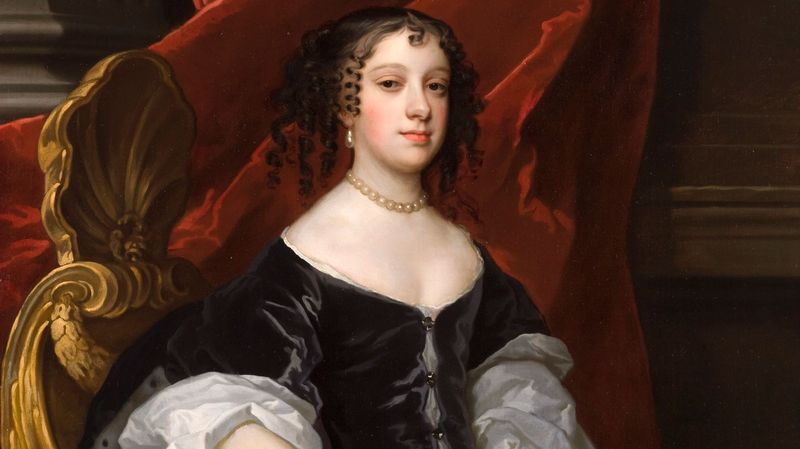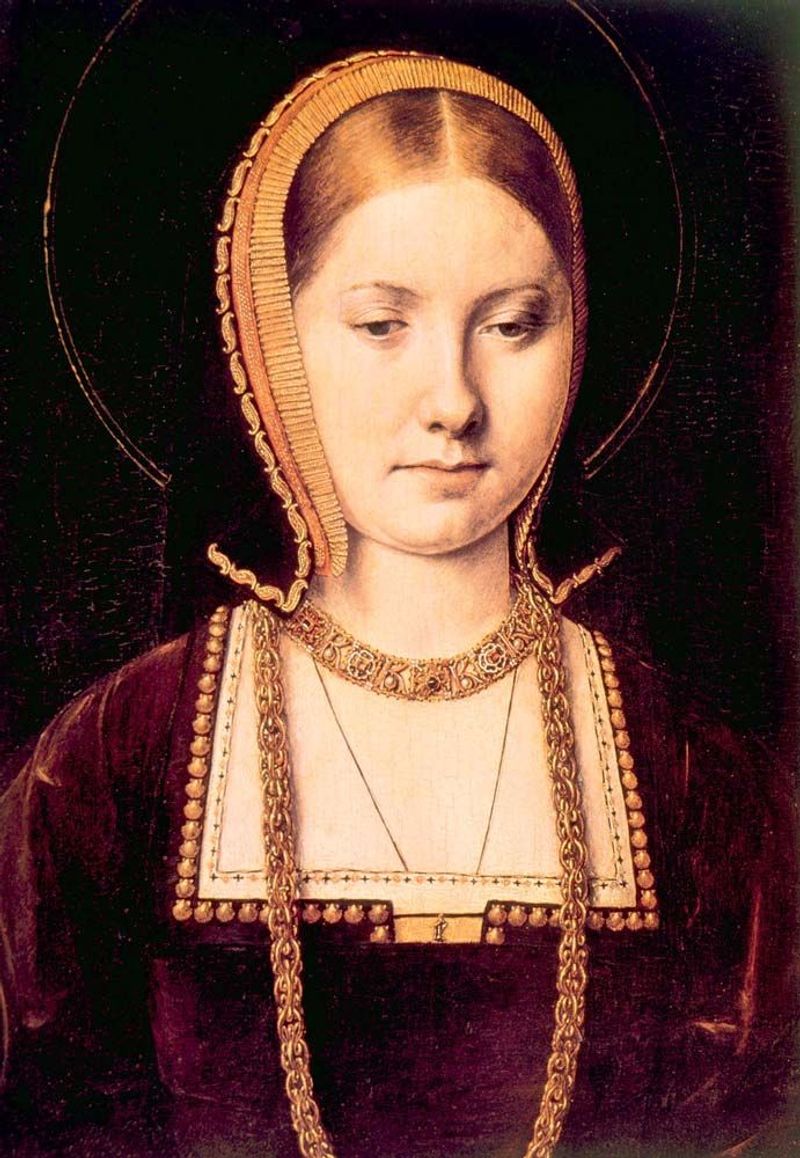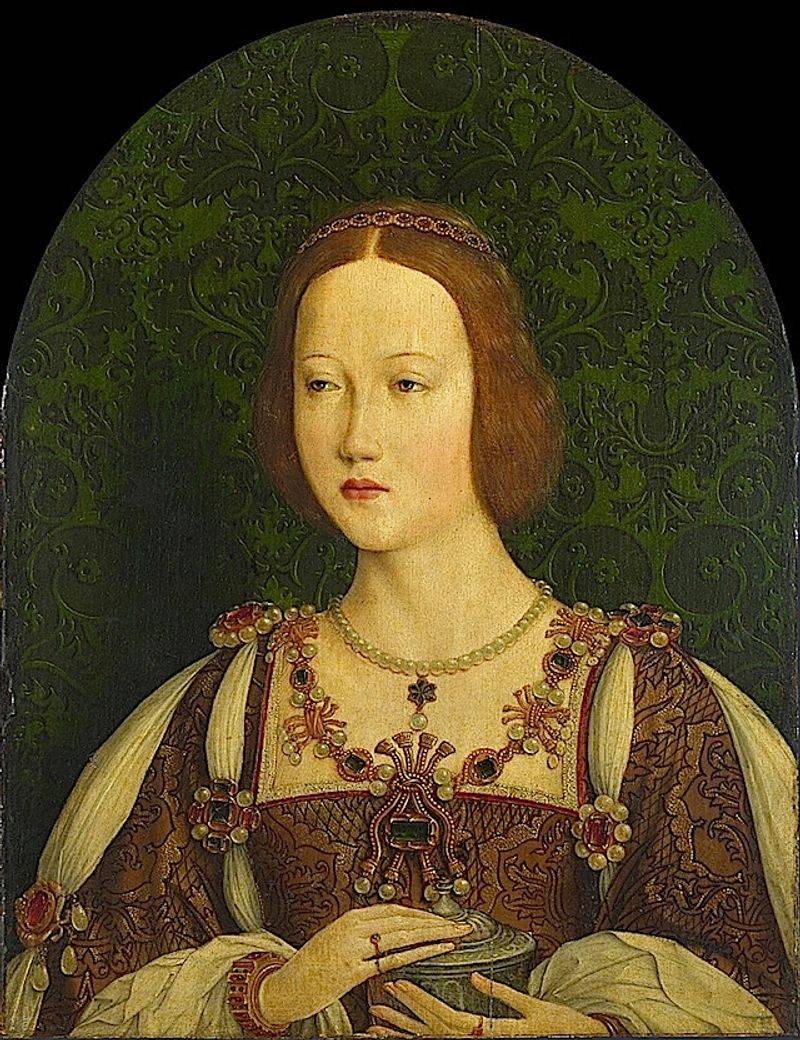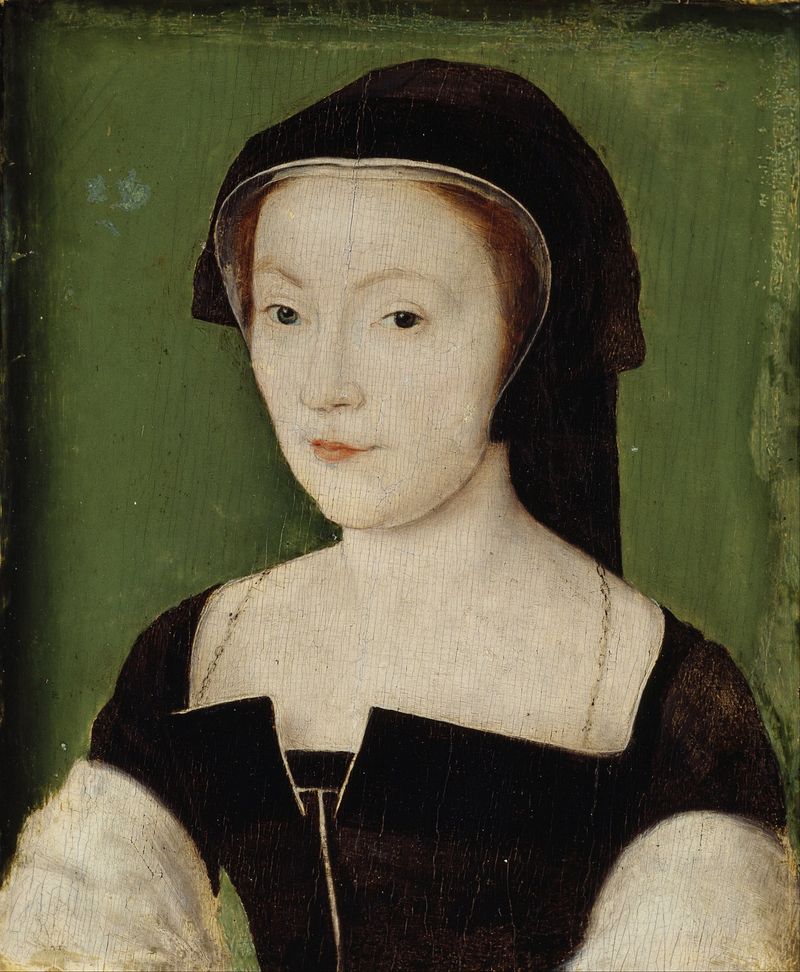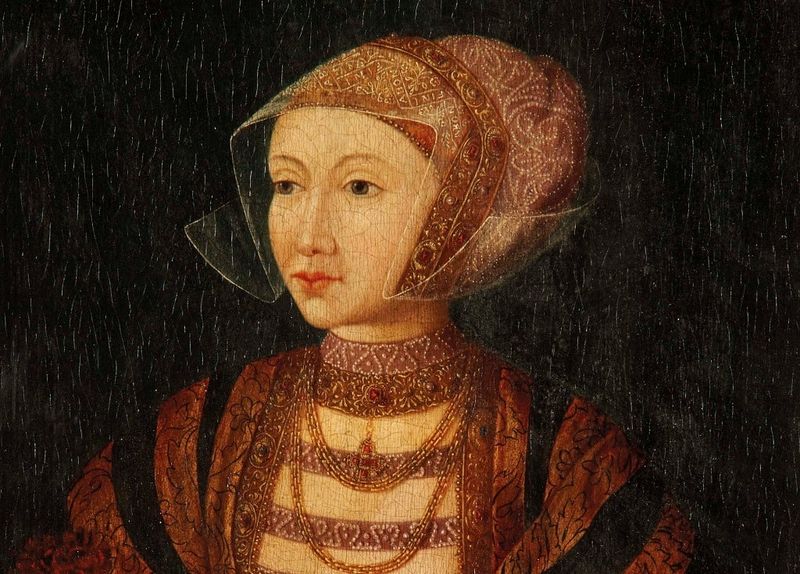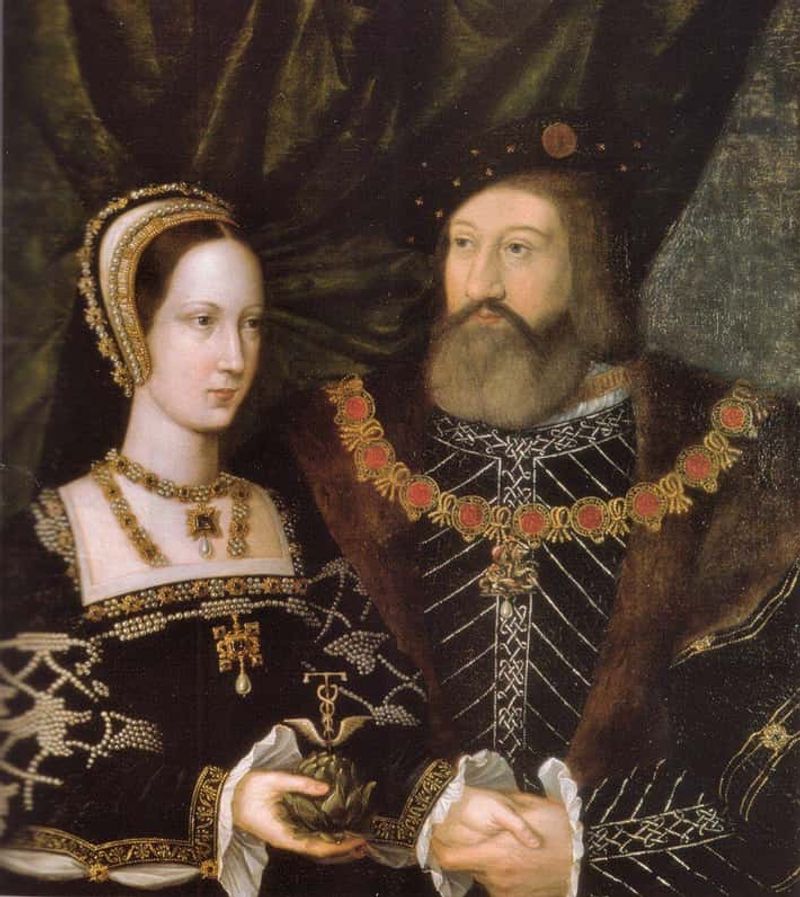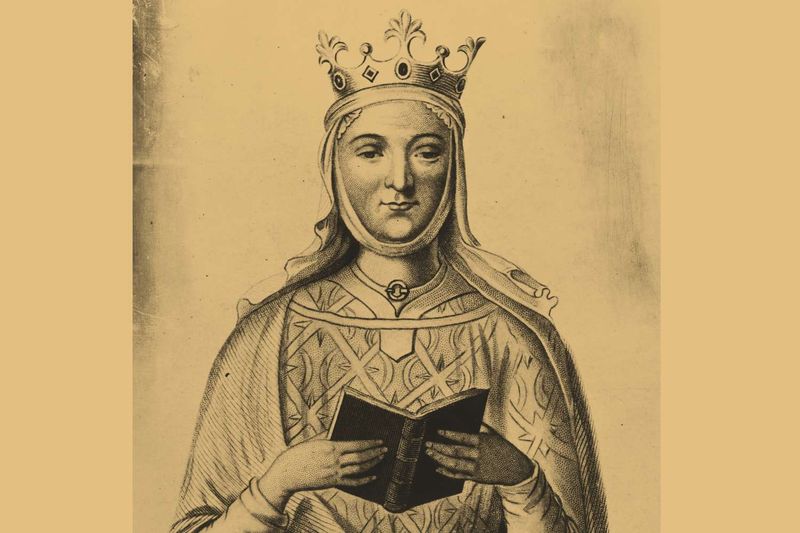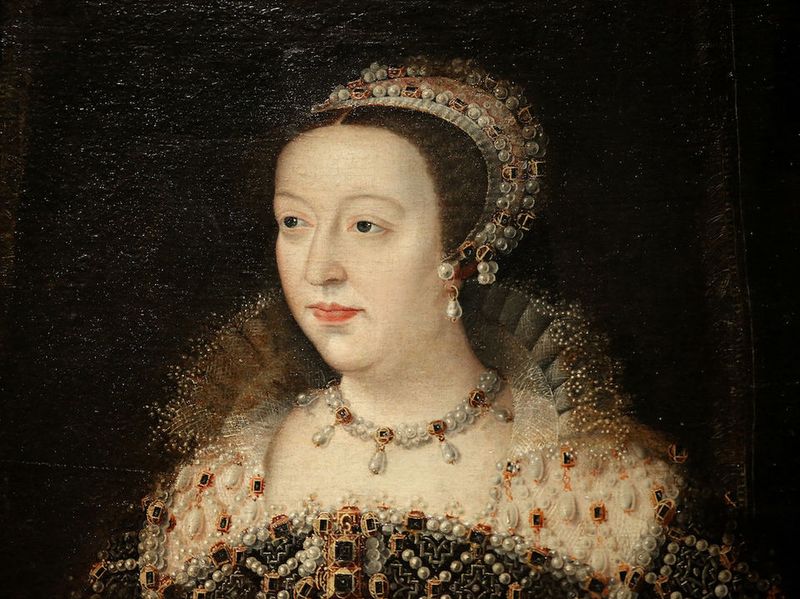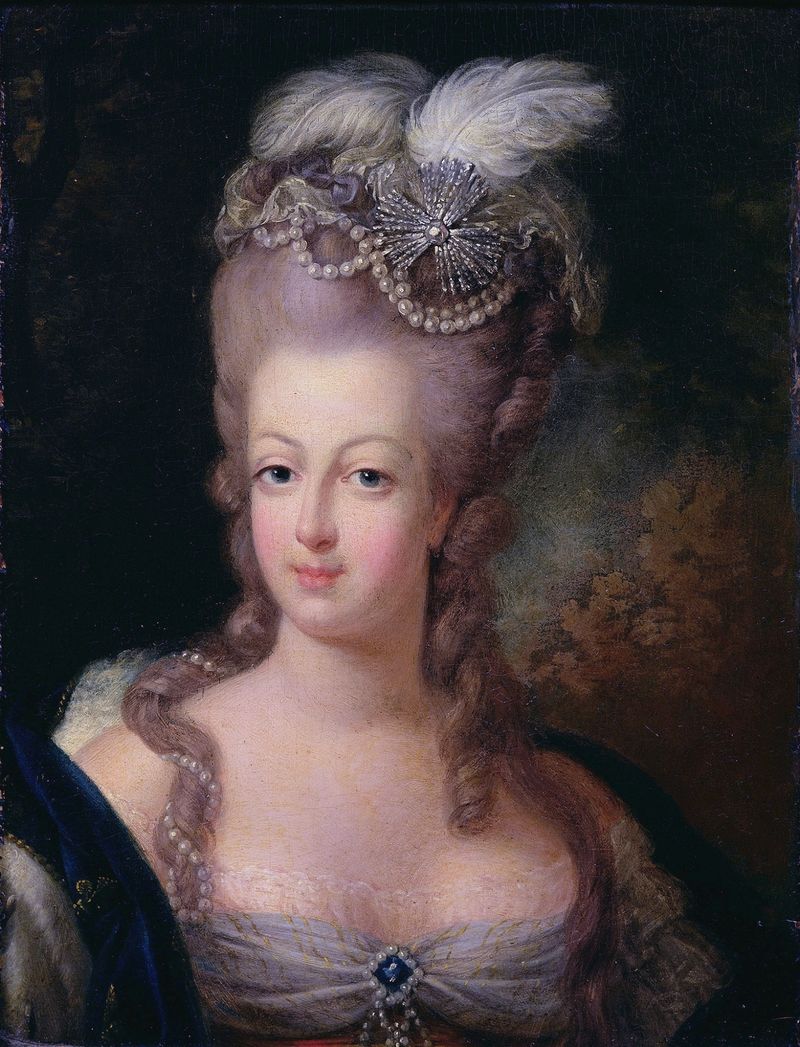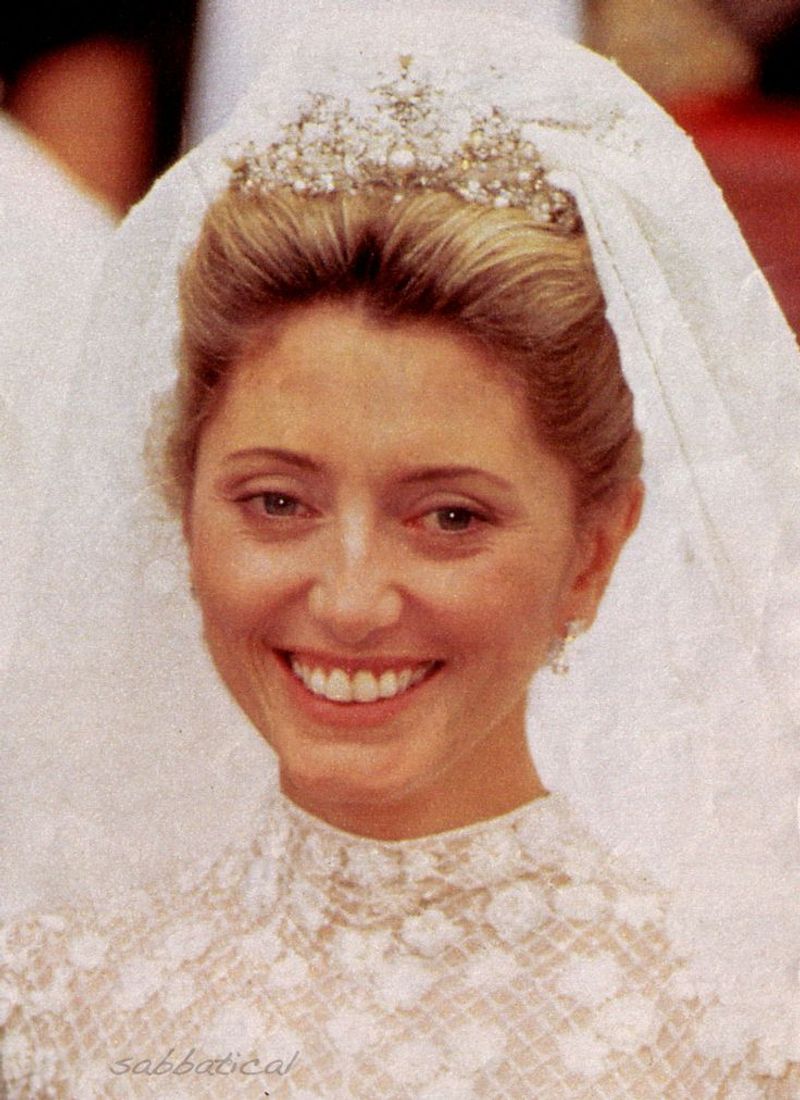Throughout history, dowries have often symbolized wealth, power, and strategic alliances. From vast lands to staggering sums of money, these dowries were extravagant enough to alter the course of history.
1. Catherine of Braganza (1662)
A cash dowry of £500,000 was not the only magnificent gift Catherine of Braganza brought to her marriage with Charles II of England. This dowry included the strategic ports of Tangier and Bombay, enhancing England’s trading capabilities. This alliance also granted England exclusive trading rights throughout the Portuguese colonies.
Such an opulent dowry marked a significant political move, securing Portugal’s alliance with England at a time of European tension. A woman’s marriage could reshape empires, and Catherine’s dowry exemplified such power.
2. Catherine of Aragon (1501)
Catherine of Aragon’s journey from Spain to England was marked by an impressive dowry. Her family presented 200,000 scudos, comprising cash, plate, and jewels, for her marriage to Arthur Tudor.
When she later wed Henry VIII, this wealth was reaffirmed to fortify her position as queen.
Her dowry wasn’t just financial but a powerful assertion of her family’s status and the strategic ties between Spain and England in an era of dynastic marriages.
3. Mary, Princess of Wales (1514)
With a dowry of 300,000 crowns, Mary Tudor’s brief marriage to King Louis XII of France was extravagant. Her dowry underscored the Tudor dynasty’s affluence and ambition.
The lavish monetary gift was a significant negotiation tool, aiming to strengthen alliances between England and France. Despite the marriage’s short duration, Mary’s dowry stood as a testament to royal family strategies in securing political leverage through matrimonial ties.
4. Marie of Guise (1536)
Marie of Guise’s marriage to James V of Scotland came with a dowry of 100,000 crowns. This alliance not only fortified Franco-Scottish ties but also showcased the financial and political muscle of her family.
Her dowry was pivotal in cementing alliances in turbulent times, reflecting the broader European political landscape where marriages determined the fate of nations. The marriage was more than personal; it was a strategic triumph.
5. Anne of Cleves (1540)
In 1540, Anne of Cleves married Henry VIII with a dowry of 100,000 gold florins. Although the marriage was short-lived, her dowry was a diplomatic move orchestrated to strengthen ties between England and the Duchy of Cleves.
The marriage highlighted the political nature of alliances, with Anne’s dowry acting as a fulcrum. Despite its end, the union demonstrated how dowries served as instruments for international relations.
6. Violante Visconti (1381)
The extravagant wedding of Violante Visconti to Lionel, Duke of Clarence, was legendary. Her father, Galeazzo II Visconti, provided a dowry covering the wedding itself.
This included over 1,200 horses, 450 knights by ship, an 18-course banquet for 10,000 guests, and martial gifts for her husband. Such lavishness was unparalleled, reflecting the Visconti family’s wealth.
The opulence was not just about wealth but a vivid display of power and prestige.
7. Eleanor of Aquitaine (1137)
Eleanor of Aquitaine’s dowry was monumental, bringing the vast duchies of Poitou and Gascony into her marriage with Louis VII of France.
This territorial dowry was one-third of France, making it one of the richest ever.
Her marriage reshaped Europe’s political map, showcasing the immense power a dowry could wield in medieval times. Eleanor’s legacy lives on, highlighting her role in shaping history through marriage.
8. Catherine de’ Medici (1533)
Catherine de’ Medici’s dowry was as unique as it was valuable. She carried six ropes of enormous black pearls and 25 pear-shaped pendant pearls worth an estimated 27,900 gold écus.
When she left Florence for the French court, her dowry symbolized the wealth and influence of the Medici family. It was more than jewels; it was a statement of power, reflecting her family’s prominence in Renaissance Europe.
9. Marie Antoinette (1770)
Marie Antoinette’s marriage contract to Louis XVI included a dowry of 200,000 crowns. Her mother, Empress Maria Theresa, further ensured her daughter’s lavish entrance into the French court by spending 400,000 livres on her trousseau.
A Habsburg by birth, her dowry was a blend of wealth and political maneuvering, aiming to cement Austrian influence in France. Her dowry was as opulent as her later life was tumultuous.
10. Princess Marie-Chantal Miller (1995)
In 1995, Princess Marie-Chantal Miller’s marriage to Crown Prince Pavlos of Greece was marked by an extraordinary dowry. Her billionaire father, Robert Miller, gifted a staggering $200 million dowry.
This modern-day dowry was symbolic of wealth that transcended traditional royal circles, merging aristocratic heritage with contemporary affluence. Her marriage was a union of status and modernity.
11. Pia Miller (1995)
Pia Miller, sister to Marie-Chantal, also received a notable dowry upon her marriage to an heir of the Getty fortune. Her dowry, although significantly smaller at $2 million, was part of the same Miller family trust.
This alliance was a blend of wealth and legacy, showcasing the Miller family’s tradition of opulent dowries. Her story reflects the continuity of dowry customs in modern aristocratic families.

